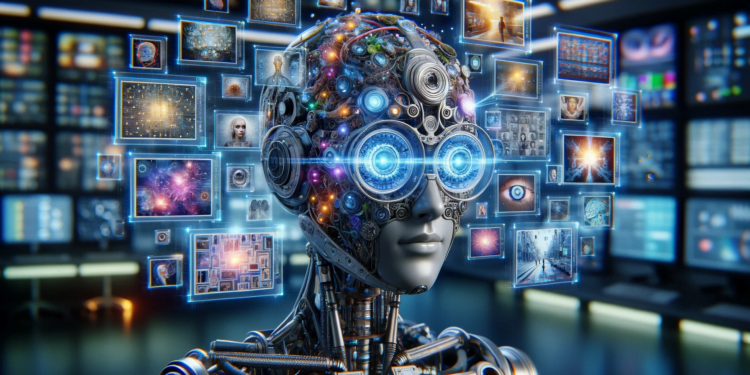Image recognition is a branch of artificial intelligence and computer science that deals with identifying and processing objects in images and videos. It uses machine learning techniques, such as deep learning, to train algorithms to detect patterns and features in digital images. Image recognition applications are diverse and include face recognition, industrial inspection, security, medicine, autonomous vehicle and robot navigation, and multimedia content classification, among others.
A typical image recognition system includes the following steps:
- Image Preprocessing: This can involve resizing images, normalizing colors, removing noise, or enhancing contrast to facilitate the detection of relevant features.
- Feature Extraction: Before the deep learning era, this step was crucial and performed by manual techniques such as SIFT or HOG. Convolutional Neural Networks (CNNs), on the other hand, can automatically learn the important features for classification or recognition.
- Modeling and Classification: A machine learning model (often a CNN) is trained using a set of labeled images. This model learns to associate the extracted features with the corresponding labels.
- Post-processing: This involves interpreting the model outputs, resolving potential conflicts in classification or assembling multiple results to form a coherent interpretation.
The effectiveness of image recognition has improved significantly with the advancement of CNNs and the increasing amount and quality of image datasets, as well as with greater computing power, especially due to GPUs.
Image recognition models can be applied in real-time, for example, in identifying pedestrians and traffic signs for driver assistance systems, or retrospectively, as in the analysis of medical images for the diagnosis of diseases.
It is important to note that although image recognition has made significant progress, there are still challenges, especially in the realm of contextual understanding and in situations where images are of low quality or subject to adverse conditions. In addition, there are ethical considerations and concerns about privacy and bias in image recognition systems that are being addressed through research and regulation.
Advanced Techniques in AI Image Recognition
- Deep Learning: Convolutional Neural Networks (CNNs) are fundamental in image processing through AI. These networks identify complex patterns in images, enabling tasks such as classification and object detection with high accuracy.
- Generative Adversarial Networks (GANs): GANs are effective in creating realistic images and consist of two parts: a generator that creates images and a discriminator that evaluates them. This technique has applications in art, design, and more.
- Semantic Segmentation: This technique is crucial for understanding relationships in an image. It allows labeling each pixel with its corresponding class, which is vital in applications such as autonomous vehicles and medicine.
- Convolutional Neural Network (CNN): Specifically designed for image recognition, it breaks down an image into components like edges, shapes, and textures.
- Support Vector Machines (SVM): Finds the hyperplane that best separates the different classes of objects in a dataset.
- YOLO (You Only Look Once): Used for fast object detection within images, applicable in autonomous cars, industrial plant automation, and more.
- EfficientNet: A convolutional neural network with an efficient architecture for analyzing images, less costly to train and adaptable for more complex models.
- Deeplab: Uses a particular type of convolution to segment images, useful in detecting silhouettes or segmenting tumors in medical images.
- Medicine and Health: AI for imaging is advancing in the diagnosis and treatment of diseases, analyzing medical images such as MRI scans and X-rays.
- Industrial Automation: It is used to inspect and control product quality in real-time, improving efficiency and quality.
- Augmented Reality and Immersive Entertainment: AI for imaging is transforming augmented reality and entertainment, creating immersive and captivating experiences for users.
Algorithms and Models
Practical Applications
These techniques and applications demonstrate the versatility and power of AI in the field of image recognition, offering innovative solutions across various sectors. With the continuous advancement of technology, we are likely to see even more applications and improvements in this field.






















